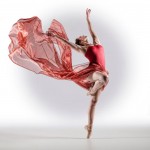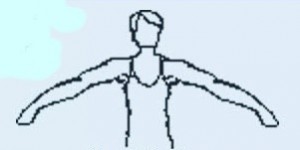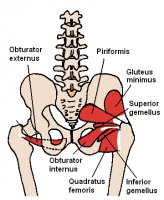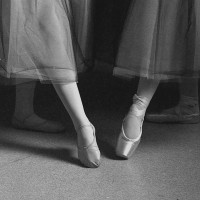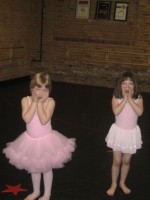As she breaks down performance into its elements, Angeline offers tips and video examples that will help you breathe life into your ballet dancing whether for exams or the stage.
imagery
15 Things The Pirouette Pixie Can’t Do For You
I’ve had days, sometimes weeks, when it seems my personal pirouette pixie has gone on vacation. May Day! May Day! Every single turn crashes and burns. Maybe you’ve experienced this too. Or maybe you feel your own little sprite hasn’t shown up for a single day’s work, ever. Either way, here are some tips to get you through that don’t involve magic fairy dust.
Help With Second Position Of The Arms
What to do and think for an improved second position de bras (of the arms), and the importance of proper alignment for creating the pictures we make with our bodies in dance.
What You Mean, What You Say: Get Up On Your Leg
“Get up on your leg”… Teachers have a habit of saying this when students are “sinking” into their supporting leg while balanced on one leg. How can you correct a sinking hip and what are some ways to rephrase this common dance teacher-ism.
What You Can Do To Improve Tendu (and why it is crucial)
Tendu may take second after plié in your dance class warmups but don’t underestimate its importance to pretty much every bit of dance technique. Here are some tips on how to use your working and standing leg and your foot during battement tendu.
Watching Versus Doing in Dance Education
Most teachers likely agree that demonstration and practice are critical to the success of dance students, but to what extent should the instructor encourage doing over watching or vice-versa? Two research studies involving young children learning complex dance movements support every dance teacher’s belief that modeling as an instructional tool is especially important in learning motor skills, especially with younger children. Furthermore, it’s a good idea to demonstrate as fully as possible, especially with beginners and young children, if you want them to get the most out of your demonstration.

